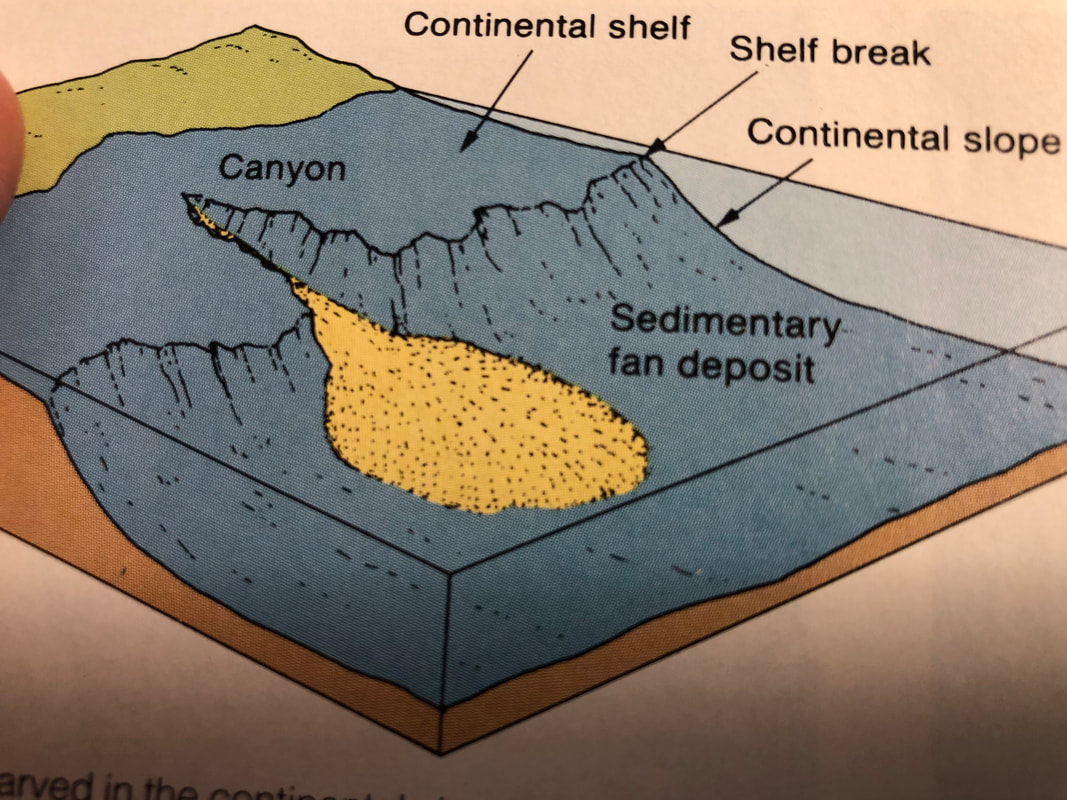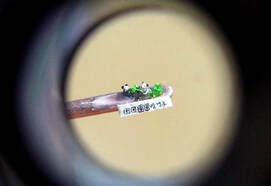“Have a good day” is a frequently uttered American wish with similar expressions in at least 100 languages. You might have wished for “a good day” numerous times for others and even for yourself. I hope you haven’t wished its opposite on others—or on yourself. But there might have been those angry moments…
So, with worldwide use, the expression “Have a good day” deserves a little socio-psycho-philosophical inspection. Is there something in the nature of humans that drives them to say the expression in almost every culture? Is there such an entity as “a good day.”
Let’s start with the concept of its antithesis, that is, the notion of “a bad day.” Certainly, you have heard—if not said—“I’m having a bad day.” That anyone thinks a day can be bad can imply a philosophy and psychology of fate. “Bad days” appear to occur to others or to oneself. They arrive unannounced, thrown upon the hapless by some force of Nature or Deity. For the ancient Greeks that force lay in the actions of the Three Fates. Whatever the modern counterpart of the Fates might be, it lies in the minds of those who believe there are controls on life external to the actions of the individual. One might begin a day with good intentions, high energy, purpose, and the wherewithal to carry out that purpose, but Fate, Nature, the gods, or God intervenes, throws the proverbial monkey wrench into the machinery of life, and imposes a “bad day” on what began with hope and promise. Yes, for those who think blind Fate plays a role, “bad days” seem to occur regardless of human energy or free will. It is naïve to think that anyone can live without encountering at least occasionally the “bad day” just as one can’t avoid bugs hitting the windshield in summer as car and bug attempt to occupy the same spot at the same time, an impossibility in the universe of Pauli’s Exclusion Principle. Yes, bad days are bugs crossing the highways of life, intersecting an individual’s worldline. Apparently, the only way to keep one’s windshield clean is by keeping the car in the garage—or in not having a car at all. But that’s hardly a realistic choice. Why then, have a car? Anyway, everyone knows that the garage itself might lie in the path of a flood, a tornado or hurricane, earthquake tremors, or even a meteorite. In 1938 the Benld Meteorite crashed through Ben McCain’s garage, through the roof of the car, and the passenger seat. “Bad day in Benld?” “Bad day in the McCain house?” “Bad day for the McCains?” Or what of the Chevy Malibu owned by Michelle Knapp? The Peerskill Meteorite that struck her car on October 9, 1992, crushed the back of the vehicle. “Bad day for Michelle?”
Or “good day for Michelle?” A meteorite enthusiast bought her car for $10,000. It had a value of $300 before the impact. And then she sold the meteorite for $69,000 to a group of meteorite collectors. Is it possible for a day to be both “good” and “bad”? Keep that question in mind.
There’s also the matter of defining “bad day” and “good day.” They appear to be relative terms, don’t they? And they also appear to be mutually exclusive until one takes Michelle Knapp’s experience into account. In retrospect, Michelle’s October 9, 1992, experience indicates that both kinds of days can coexist as closely as bosons in a Bose-Einstein Condensate, possibly in defiance of Pauli’s Exclusion Principle.
Does a bad day imply some immorality or amorality? It can, but then doesn’t the psychological reality lie not in the passage of time—i.e., the day itself—but rather in the evil or apathy of an individual or group? Is “Bad Day” just a synonym for encounters with “Bad People” or “Indifferent People”?
Days are indifferent entities without purpose, call them motiveless unaware passages of events dilated by human concerns. People, by contrast, determine the nature of each day on the bases of cultural values and personal well being. Bad days are not entities independent of human consciousness but are the products of individual decisions and the outcome of willful or careless behavior. Are good days similar? People can be good, and their actions can precipitate a rain of at least temporary good fortune and well being on themselves and others. Should we replace “Have a good day” with “I hope you encounter good people today”?
Are both good and bad days merely the product of attitude, the half empty, half full glass perspectives we associate with pessimists and optimists? If both kinds of days are the products of perception, then in the midst of what seems to be bad for one person another person sees some good. Take Winnie the Pooh as an example.
In Pooh’s Best Day: A Book about Weather, the narrator asks Pooh about the kind of day that he likes. The toddler’s cardboard-stock booklet of ten baby-proof colorful pages capable of withstanding chewing by a mouth full of baby teeth, progresses through different kinds of weather, showing Pooh and gang enjoying activities associated with snow, rain, and sunshine. The last two pages show Pooh having a picnic with the lines, “Pooh’s best day may be hot or cold, with rain, wind, or even snow/Because the very best day for Pooh is a day with friends, and honey, too!” * That message for toddlers tells them that as long as they are surrounded by those they love and that love them in return, any day, any weather, any meteorite impact that hits the car is just one incident among many incident that occur in every day.
Of course, it would be naïve to think that the appellation “bad day” isn’t sometimes appropriate. The people of Hiroshima, Nagasaki, London, Dresden, Stalingrad, and many other cities certainly experienced undeniable “badness” during World War II, a badness foisted on them by outside forces. The people who lost loved ones during the 2020 pandemic also experienced “bad days,” the memory of which infuses ensuing days with “badness.” Even in the twenty-first century we rue those 2,194 days of World War II. Yet, when we look back, say through a 1940s newspaper’s articles, we find that while more than 50 million people were losing their lives during those days of terror, other people were going to movies, to dances, and to parties; babies were born, and toddlers heard Winnie the Pooh stories.
Are we foolish in reading a book to toddlers that suggests one take an optimistic view of life regardless of the nature of days? Is that an acceptable and healthful child, or even human, psychology? Are we giving them false hopes that we can, like Pooh and Friends, weather any storm? Are we like Dr. Pangloss in Candide, arguing that this is the “best of all possible worlds” regardless of events like earthquakes and wars that disrupt and take lives?
Should we, instead, read toddlers A. E. Housman’s poem “Terence, This Is Stupid Stuff,” which contains the lines:
“Therefore, since the world has still
Much good, but much less good than ill,
And while the sun and moon endure
Luck’s a chance, but trouble’s sure,
I’d face it as a wise man would,
And train for ill and not for good.” **
The pressure falls on every generation as it welcomes the next generation. What do we teach those who know nothing of bad days about bad days? What do we offer them by telling them about good days? The lesson in Pooh’s Best Day seems to be that phenomena that originate outside the individual should have little or no effect on the social-psychological-philosophical perspective of the individual. Each of us has days with dual natures. It’s up to us to dissociate who we are from what happens to us.
Maybe there is an easy takeaway from this. Even on days when you focus on failure, there are successes. Even on “bad days” good things happen, or should we say, good things are made to happen through human control.
Notes:
*Mexico. Groiler [Press]. Disney Enterprises, Inc. 10 pages. No copyright date shown. The first publication date of a Winnie the Pooh book by Milne and Shepard was 1926.
**Opening of third stanza.



 RSS Feed
RSS Feed